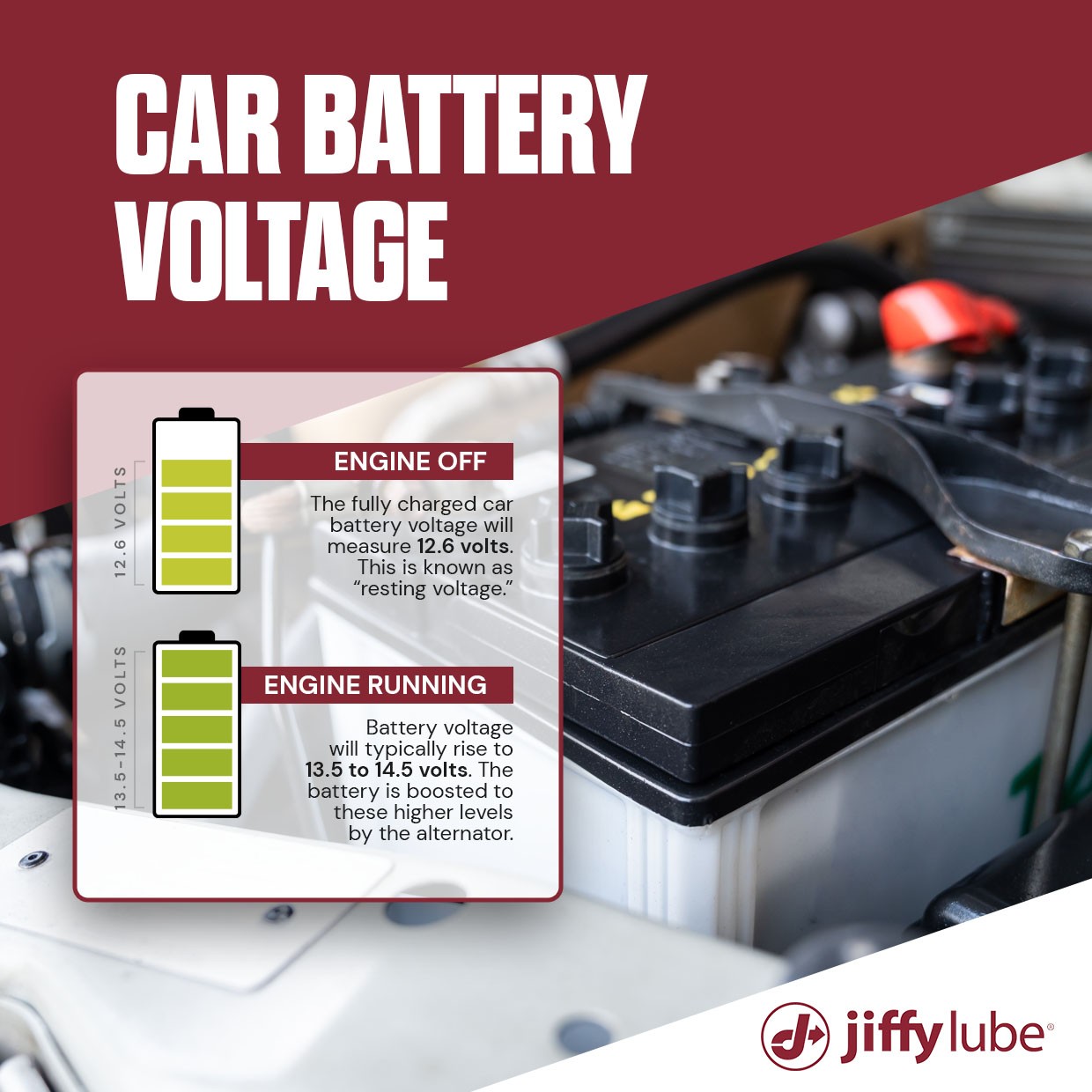Your car battery is the unsung hero powering much more than just your engine’s ignition. It’s responsible for everything from your headlights and power windows to your radio and security system. It’s natural to be curious about how this vital component works, especially when it comes to voltage.
Decoding Car Battery Voltage: What’s Normal?
When we talk about car battery voltage, we’re generally referring to a 12-volt system. However, the actual voltage reading can fluctuate within a specific range, typically between 12.6 and 14.4 volts. Understanding these variations is key to ensuring your battery is healthy.
- Resting Voltage: With your engine turned off, a fully charged car battery should read approximately 12.6 volts. This is known as the “resting voltage,” indicating the battery’s charge level when it’s not actively working.
- Charging Voltage: Once your engine is running, the voltage should increase to between 13.5 and 14.5 volts. This higher voltage is thanks to the alternator, which recharges the battery while the engine is operating. The alternator ensures that the battery is replenished after starting the engine and powering electrical components.
To grasp why these voltage ranges are important, let’s quickly review how your car battery functions within your vehicle’s electrical system.
How Car Batteries Power Your Ride
Car batteries operate through a simple yet crucial three-step process:
- Energy Storage: The battery acts as a reservoir of electrical energy, ready to be deployed when needed.
- Engine Cranking: When you turn the ignition key, the battery releases electrical energy to the starter motor. The starter then converts this electrical energy into mechanical energy, which cranks the engine and gets it running.
- Recharging by the Alternator: After the engine starts, the alternator takes over. It generates an electric current that not only powers your car’s electrical systems but also replenishes the energy drawn from the battery during engine startup.
This cycle of energy conversion and recharging repeats continuously, ensuring your engine keeps running and your car’s electrical systems remain powered.
Amperage and CCA: Understanding Battery Power
Beyond voltage, amperage is another important factor in car battery performance. Amperage, measured in amps, describes the electrical current a battery can deliver. The amperage rating of a car battery is often determined by the vehicle’s features and electrical demands. Vehicles with more power-hungry options typically require batteries with higher amperage. A common amperage range for car batteries is between 450 to 750 CCA.
CCA, or Cold Cranking Amps, is a specific rating that indicates a battery’s starting power in cold temperatures. CCA refers to the number of amps a 12-volt battery can deliver for 30 seconds at 0°F (-17.8°C) while maintaining a voltage of 7.2 volts or higher. A higher CCA rating signifies greater starting power, particularly important in cold climates where starting an engine can be more challenging.
Maintaining your car battery properly is essential to ensure it functions as intended. Regular battery inspections are recommended, typically every 6 months or 6,000 miles, as outlined in your vehicle’s owner’s manual. If you don’t have your manual, a qualified technician can access your vehicle’s maintenance schedule and provide the necessary checks.
However, don’t wait for scheduled maintenance if you notice potential battery issues. Be alert for these signs of battery trouble:
- Dim Headlights or Interior Lights: Weak or fading lights can indicate insufficient battery power.
- Illuminated Warning Lights: The “Check Engine” light or “Charging” system light on your dashboard may signal a battery or charging system problem.
- Malfunctioning Accessories: Issues with power seats, windows, or other electrical accessories could be related to battery weakness.
Jiffy Lube® for Battery Service and Maintenance
Given the complexity and critical role of your car battery, professional maintenance is a wise investment. At Jiffy Lube, trained technicians offer comprehensive battery care. During a battery service, they will:
- Inquire about your driving habits to understand potential impacts on your battery and charging system.
- Visually inspect the battery, including its physical condition, hold-down mechanism, and terminal connections.
- Perform terminal cleaning to remove corrosion and ensure good electrical contact (with your approval).
- Replace battery cables if necessary (with your approval).
- Inspect and tighten connections to prevent loose connections and ensure optimal performance.
- Use a multimeter to accurately test your battery’s voltage and overall strength.
- Check and adjust battery fluid levels, if applicable to your battery type.
Regular battery maintenance can significantly extend battery life and maintain the efficiency of your vehicle’s starting and charging system, saving you time and money in the long run.
Rely on Preventive Maintenance
Preventive maintenance, performed by expert technicians, is a proactive approach that can save you valuable time and money. Addressing minor issues early can prevent major breakdowns and costly repairs, ensuring your vehicle remains reliable for your daily needs.
For more in-depth information about car batteries, including lifespan, you can explore resources like how long car batteries typically last.
For regular car care tips and valuable automotive information, revisit Tips in a Jiffy for regularly updated content.
Please note that service availability may vary by location. Contact your local Jiffy Lube service center or check jiffylube.com to confirm service offerings.
